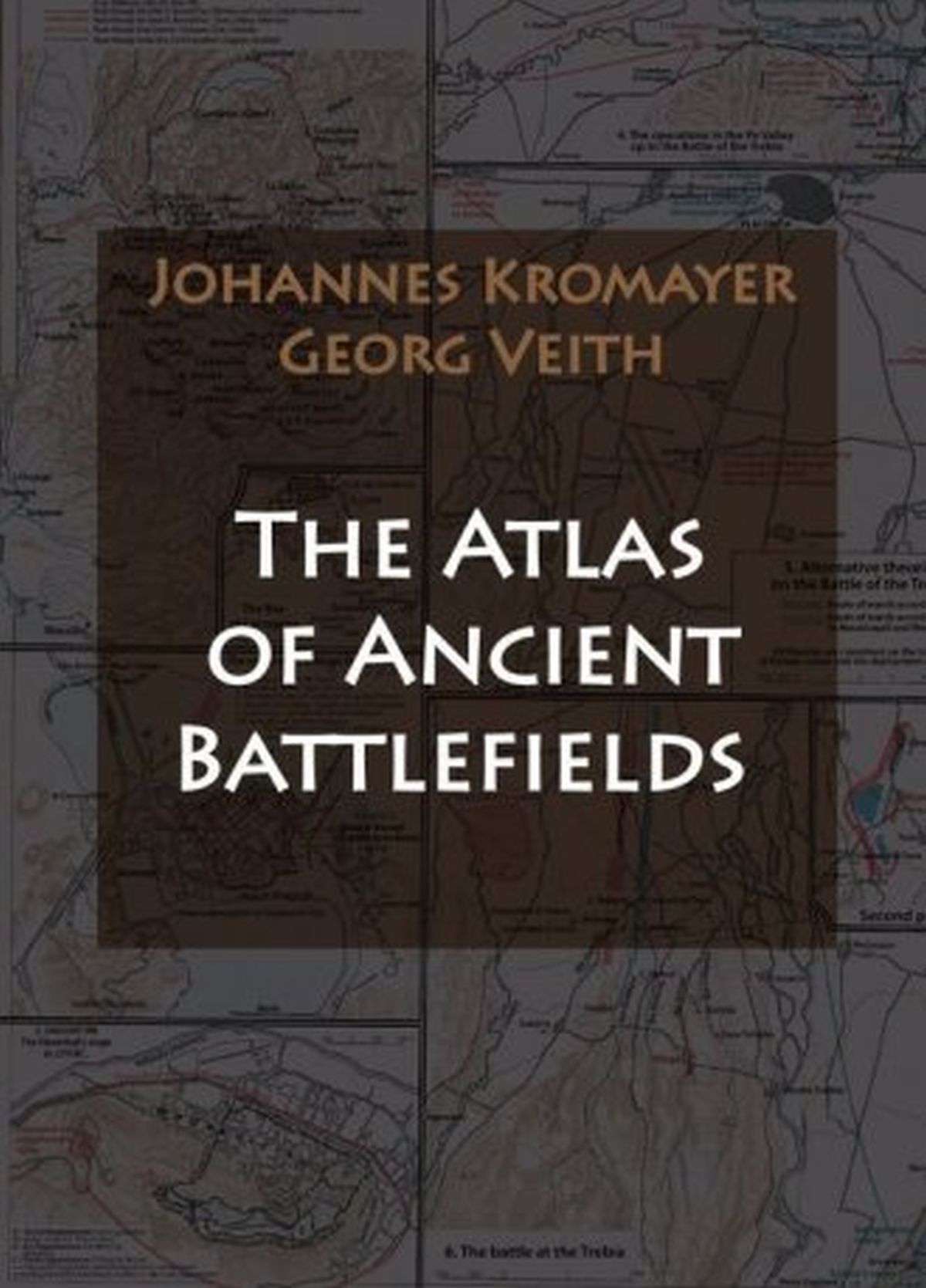Among older German works on military history, The Atlas of Ancient Battlefields by Johannes Kromayer and Georg Veith is of special importance. The thorough analysis and studies, combined with topographic and field research make the Atlas you are holding in your hands something that, even today when we have whole spectrum of possibilities of computer graphics and ease of travelling, is worthy of the highest respect.
Renewing this work and translation of both text and maps was not an easy task. It took us three years, with long periods of seeking out people who would take up the challenge of this huge amount of work, to publish the Atlas in the shape you are currently reading.
Originally the Atlas was intended to appear in six volumes. To the best of our knowledge only five of them saw the light of day, and also only 29 of the intended 34 sheets of maps. The review that appeared in Revue belge de philologie et d histoire, (vol. 12, no. 1, pp. 222-224) from 1933 (Kromayer died a year later, i.e. 23 September 1934) says that the sixth volume is going to appear „soon”, but, apparently, it never happened. Both English and Polish editions consist of only the 29 aforementioned sheets. The sheets that were not published consisted of maps and description of the years from the fall of Numantia to the Gallic War of Caesar and the Hellenistic period. The original volumes were not published in chronological order. In our edition we put them into chronological arrangement, giving in some cases new numbers to individual sheets.
Finally, working on the book like this we faced numerous problems, in particular associated with the names of places and people. As regards to the former, these were locations that have both classical and modern names which in turn have local, national transcriptions (from the days when the Atlas was compiled, from maps that were used, but their origins are from the XIX or even XVIII century etc.), English versions, versions that have different transcriptions depending on language and period etc. We hope that we have managed to cope with those problems well.
Produkt jest tymczasowo niedostępny
Specjalnie dla Czytelników !!! niższe ceny po kliknięciu w poniższy link i wpisaniu hasła do rabatu: imperiumromanum


